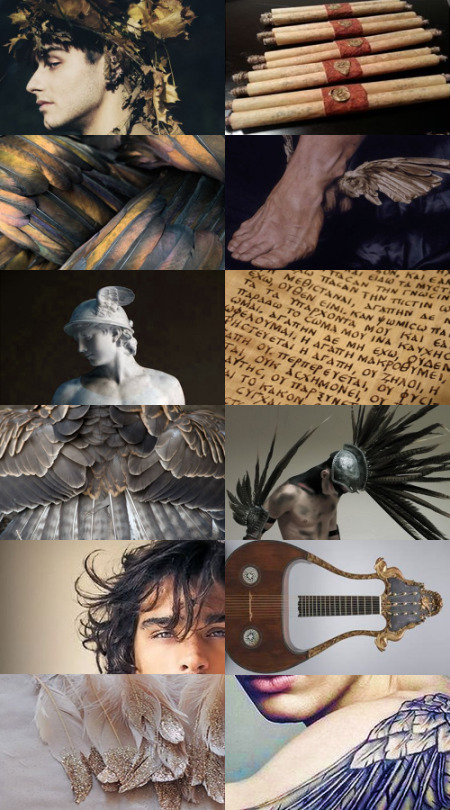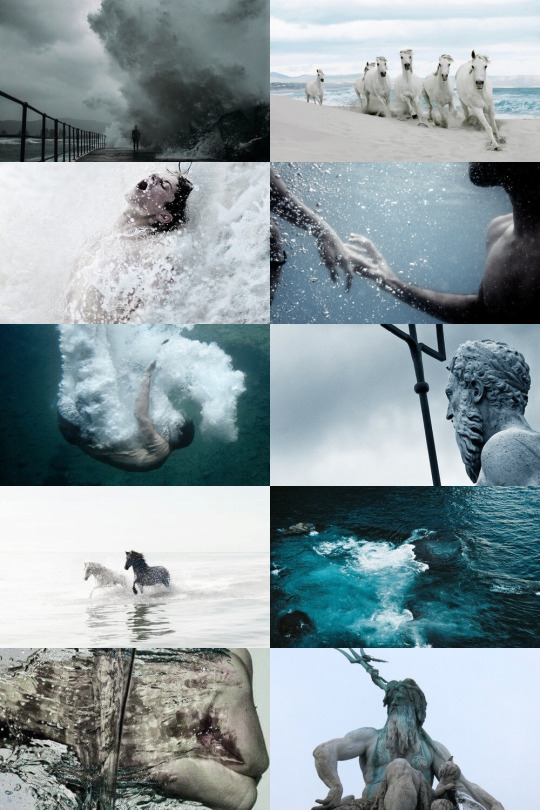Aphrodite was a Goddess of immense authority and universal significance for the ancient Hellenic people. She was one of the most widely worshipped deities in antiquity and was venerated in many different cults all around the Mediterranean.
Aphrodite enjoyed a broad geographic sphere of influence across the ancient civilized world, from the island of Cyprus in the east to the island of Sicily in the west; and she was especially honored in the harbors of great cities, such as Athens, Corinth, Naukratis, and Syracuse.
Aphrodite was evident in the daily lives of the ancient Hellenes. She was a major influence on how they negotiated their erotic and nuptial relationships, how they enhanced their physical appearance, and on how they traveled the sea.
The ancient Hellenes knew Her by many names, traits, and narratives. Aphrodite’s influence extends over the intermingled realms of sky, land, and sea. She is a Goddess of love who is not afraid to enter the battlefield and a Goddess of adornment who is the first to appear totally nude. She is also a Goddess born of the sea who emerges into the open sky.
I recently realized that I don't pay enough attention to Her. Perhaps it is because I am in a loving, nurturing relationship and have been so for over a decade; I really don't have a reason. Yesterday's post, though, brought with it a longing to sacrifice to Aphrodite and I did so today. It was a rite of gratitude for what She has provided me with in my life. Today I wanted to give a little homage to Her by sharing some beautiful ancient texts to praise Her.
Blessed are you, Aphrodite! And thank you for all!
Apuleius, The Golden Ass 10. 30
"After them a third girl entered, her beauty visibly unsurpassed. Her charming, ambrosia-like complexion intimated that she represented the earlier Aphrodite when that goddess was still a maiden. She vaunted her unblemished beauty by appearing naked and unclothed except for a thin silken garment veiling her entrancing lower parts. An inquisitive gust of air would at one moment with quite lubricous affection blow this garment aside, so that when wafted away it revealed her virgin bloom; at another moment it would wantonly breathe directly upon it, clinging tightly and vividly outlining the pleasurable prospect of her lower limbs.
The goddess's appearance offered contrasting colours to the eye, for her body was dazzling white, intimating her descent from heaven and her robe was dark blue, denoting her emergence from the sea.
[...] The flutes with their many stops were now rendering in sweet harmony melodies in the Lydian mode. As they affectingly softened the hearts of onlookers, Aphrodite still more affectingly began to gently stir herself; with gradual, lingering steps, restrained swaying of the hips, and slow inclination of the head she began to advance, her refined movements matching the soft wounds of the flutes. Occasionally her eyes alone would dance, as at one moment she gently lowered her lids, and at another imperiously signalled with threatening glances."
Sappho, Hymn to Aphrodite
"Iridescent-throned Aphrodite, deathless Child of Zeus, wile-weaver, I now implore you, Don't--I beg you, Lady--with pains and torments Crush down my spirit,
But before if ever you've heard my pleadings Then return, as once when you left your father's Golden house; you yoked to your shining car your Wing-whirring sparrows;
Skimming down the paths of the sky's bright ether On they brought you over the earth's black bosom, Swiftly--then you stood with a sudden brilliance, Goddess, before me;
Deathless face alight with your smile, you asked me What I suffered, who was my cause of anguish, What would ease the pain of my frantic mind, and Why had I called you
To my side: "And whom should Persuasion summon Here, to soothe the sting of your passion this time? Who is now abusing you, Sappho? Who is Treating you cruelly?
Now she runs away, but she'll soon pursue you; Gifts she now rejects--soon enough she'll give them; Now she doesn't love you, but soon her heart will Burn, though unwilling."
Come to me once more, and abate my torment; Take the bitter care from my mind, and give me All I long for; Lady, in all my battles Fight as my comrade."
Euripides, Hippolytus
"O Love, Love, that from the eyes diffusest soft desire, bringing
on the souls of those, whom thou dost camp against, sweet grace, O
never in evil mood appear to me, nor out of time and tune approach!
Nor fire nor meteor hurls a mightier bolt than Aphrodite's shaft shot
by the hands of Love, the child of Zeus."





















